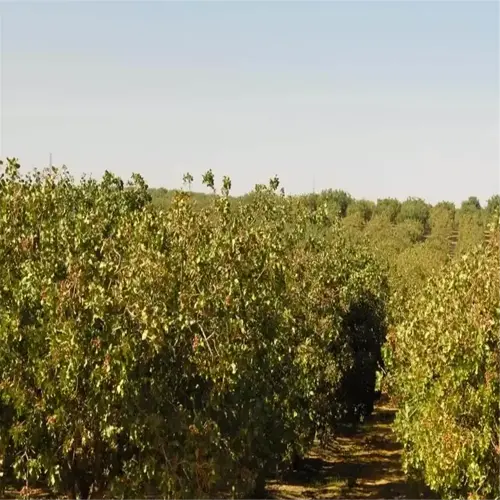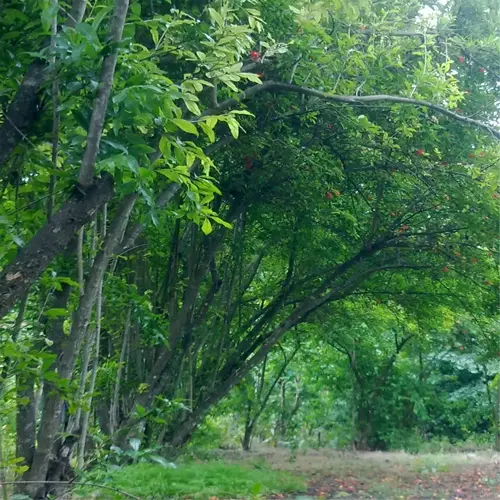What plants make bad companions for radishes?

Written by
Benjamin Miller
Reviewed by
Prof. Martin Thorne, Ph.D.Radishes can flourish when supported by neighbors to aid in their rapid growth while some plants can hinder or suppress radish growth. I learned this the hard way when my two hyssops bordering a radish patch produced only very small radishes the size of a marble. The distance you place them is important, they are one of the plants that need to be at least 24 inches away.
Growth Inhibitors
- Hyssop releases root-stunting terpenes
- Fennel exudes allelopathic compounds
- Mustard attracts flea beetles that target radish leaves
Resource Competitors
- Potatoes drain phosphorus radishes crave
- Corn shades soil excessively
- Sunflowers alter soil pH unfavorably
Cucumbers are a hidden issue. Their vines attract aphids that eventually infect your radishes. My recommendation? Trap crops that can act as a barrier. Nasturtiums are very attractive for this purpose. These brightly colored edible flowers will attract certain pests away from your main crops and can boost your salads.Remember to rotate your beds every year to adapt to pest life cycles.
Nightshades such as potatoes and tomatoes take up potassium with a vengeance, while pale and sparse radish roots (with their thin feeder roots) lose the battle for nutrients below ground. Now, I alternate them with a row of beans, which will fix nitrogen for both crops to utilize, which the beans will also need.
Soil Restoration
- Apply 1" (2.5 cm) worm castings
- Water with compost tea weekly
- Test pH monthly
Pest Mitigation
- Release ladybugs at dusk
- Spray neem oil every 5 days
- Install yellow sticky traps
When you realize things have gone wrong, as occurred in my ill-fated radish-fennel experiment, make quick decisions. Pull any offending plants right away. Soak the soil with a diluted seaweed solution to help counteract the toxins. Reserve the area with Cherry Belle radishes; this type will recover faster than larger varieties under stress.
Read the full article: How to Grow Radishes: 7 Pro Tips for Bumper Harvests

